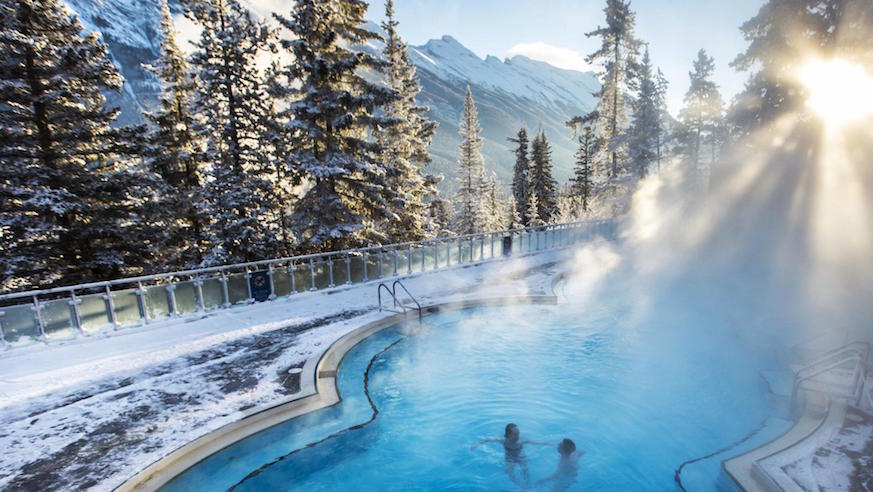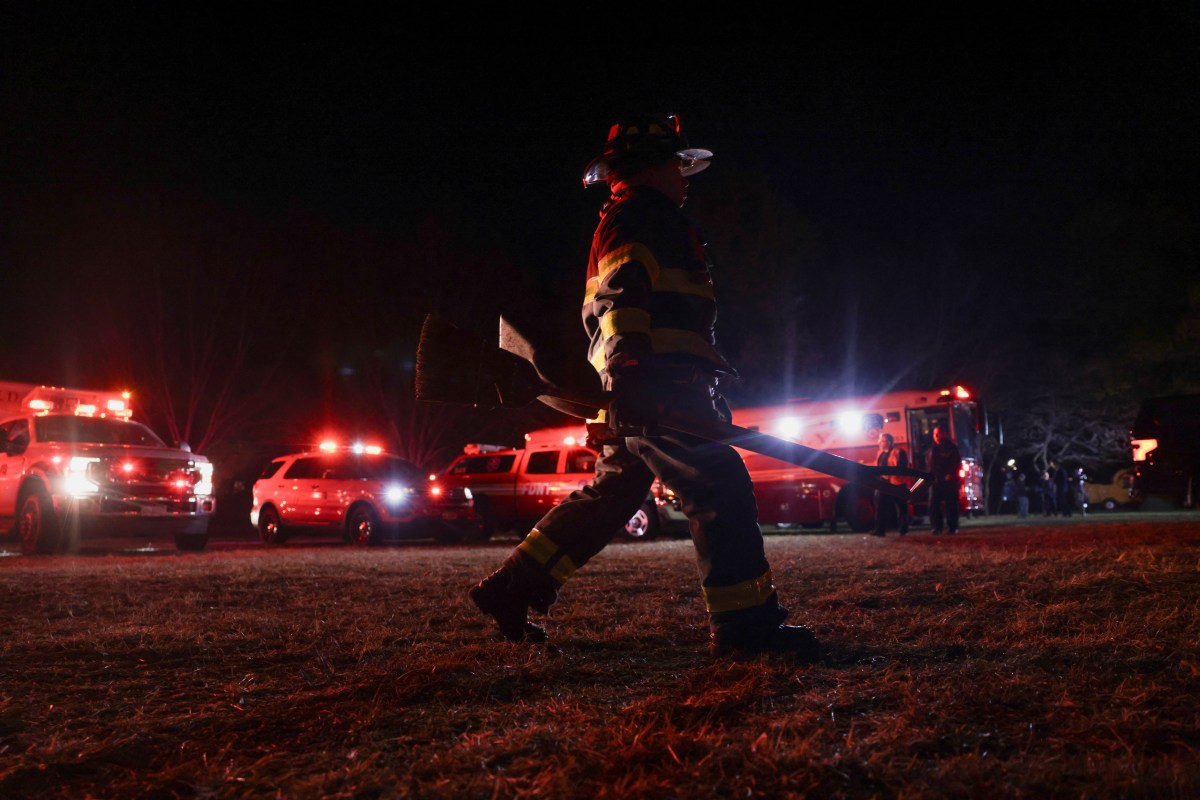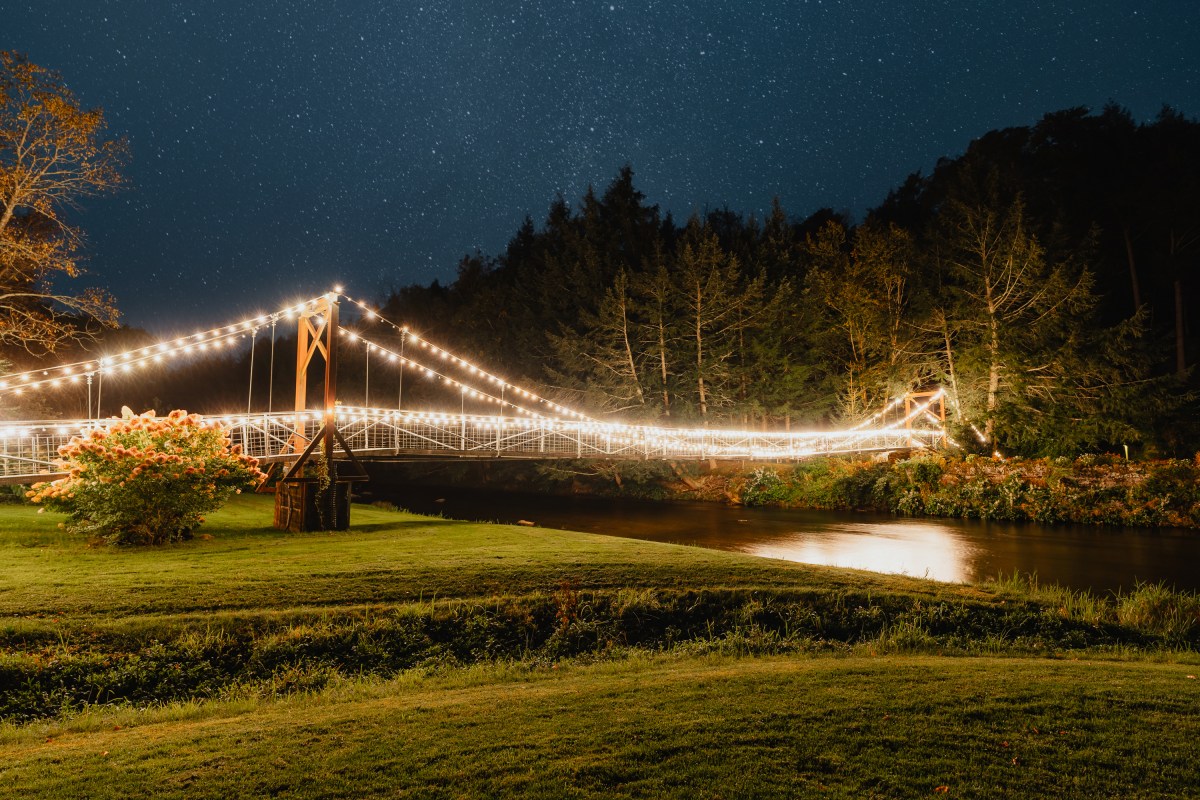Hot tubs are fine, but imagine soaking in a natural hot spring under blue skies, surrounded by snow-capped peaks, with steam forming white clouds. The mineral-rich waters of these geothermal wonders will soothe aching muscles, ease rheumatism and might even prove to be a fountain of youth! From Alaska to the Atacama Desert, we have compiled the best hot springs to soak in on the planet.
Pamukkale
An unforgettable spectacle of nature, Pamukkale (Cotton Castle) in Turkey is a series of sparkling white travertine tiers, joined together by calcium waterfalls, and warm, mineral-rich springs which have been flowing for millennia. People have bathed in these waters for centuries, but preservation efforts mean that very few pools remain open to the public and any big splashes in the 97°F pools are prohibited. However, you can gently float while enjoying the view — visit at sunset, when the colors of the pools turn into shades of pink and purple.
Blue Lagoon
You’re forgiven for thinking that Iceland’s most popular otherworldly landscape, the Blue Lagoon, is a natural one. Nestled in black lava rock with milky turquoise waters and cloud forming steam, this pool is actually man-made and fed by recycled mineral-rich water from a nearby geothermal power plant. On top of a pleasant soak in the hot waters, silica mud masks and mineral salts will make your face feel much younger again!
Banff Upper Hot Springs
Nestled in the Canadian Rocky Mountains, these are the last remaining springs open to the public for bathing in Banff National Park. Travelers have come for a soak in the mineral waters of Banff Upper Hot Springs since the springs were discovered by three rail workers in 1884. The spring-fed pools have temperatures between 98°F-104°F and are best visited at sunrise and sunset, maybe after a day of winter sports, when the mountain air cools down and you can lower your tired body into the soothing waters.
Khir Ganga
If you want to have a soak off the beaten path, then the hot springs at the top of the Khir Ganga meadow, accessible only by a four-hour hike, might be just perfect for you. In the scenic Parvati Valley of India, you’ll have stunning views of the surrounding Himalayas while you bathe in a large men’s pool or a smaller, enclosed women’s pool. Adjacent is a Shiva temple (Khir Ganga is said to be the place where god Shiva meditated for 3,000 years), so respectful behavior is key.
Calistoga Hot Springs
Located in the Upper Napa Valley, Calistoga Hot Springs is a perfect location for bathing while you enjoy the delicious local wine. Once a local hippie hotspot, Calistoga’s mud baths are as famous as the Cabernet Sauvignon from the valley. The town was built around abundant natural mineral hot springs and many hotels, resorts, and spas offer packages for the refreshing geothermal pools, and volcanic ash mud baths. There’s something for every budget and style, so have a soak, slather on the mud, sip a drop, and relax!

Chena Hot Springs
About 55 miles northeast of Fairbanks, Alaska, lies privately owned, 440-acre Chena Hot Springs resort, which was founded over 100 years ago by two gold mining brothers. The adults-only Rock Lake is fed by sulfur-tinged springs and the waters are cooled from 165°F to 106°F before you can even think about soaking in it. With an average yearly temperature of 23.2 °F, you might think twice before going there, but if you brave the cold, you’ll be rewarded with spectacular night skies, especially from September to March when the northern lights sparkle in different colors.
Terme di Saturnia
A fountain of youth, named after the Roman God Saturn, is located in the south Tuscan countryside. Terme di Saturnia is one of Italy’s premier thermal spa resorts and the only spa of its kind in the world. Springs travel over a time of around forty years from the inside of Monte Amiata to the spa’s several small pools, while filtering through cavernous limestone. A continuous flow of around 100 gallons a second replenishes the pool every four hours. The water is very high in sulfur and said to help alleviate skin conditions, improve respiration, and provide exfoliation.
Yangpachen Hot Springs
If you’re prone to altitude sickness then, unfortunately, you’ll miss the highest hot springs on the planet. Yangpachen in Tibet is famous for its geothermal activities at an altitude of 14,764 feet above sea level and the stunning Nyainqen Tanggula range offers views of snow-capped mountains all year round. In winter, snowflakes commonly fall while visitors splash around in the outdoor pool. The geothermal water is so hot it needs to pass two cooling basins first. Soaking in hot springs is physically exhausting work, so give yourself a break with foot massages, barley wine, and a round of chess.
Takaragawa Onsen
Takaragawa Onsen is only one of many hot springs resorts in the mountains of northern Gunma Prefecture, but it’s certainly one of Japan’s most scenic. The resort is well known for the four remote, riverside rotenburo (outdoor baths), most of which are for mixed-gender bathing, with one for women only. The trees around the onsen change colors through the seasons and the waters are said to heal cuts and bruises, just like in the old samurai and shogun days, with magical powers.
Termas de Puritama
Sitting at an altitude of 11,482 ft at the foot of a canyon in Chile’s ochre-colored Atacama Desert and surrounded by volcanoes and geysers, Termas de Puritama boasts spectacular scenery. Meaning “hot water” in the local Kunza language, the eight springs’ water is rich of minerals like potassium, lithium, calcium, magnesium, chlorine, sulfates and boron, which help cure rheumatism, arthritis, stress, and fatigue. Its remote location, about 45-minute drive from San Pedro de Atacama, means it’s rarely crowded.
























